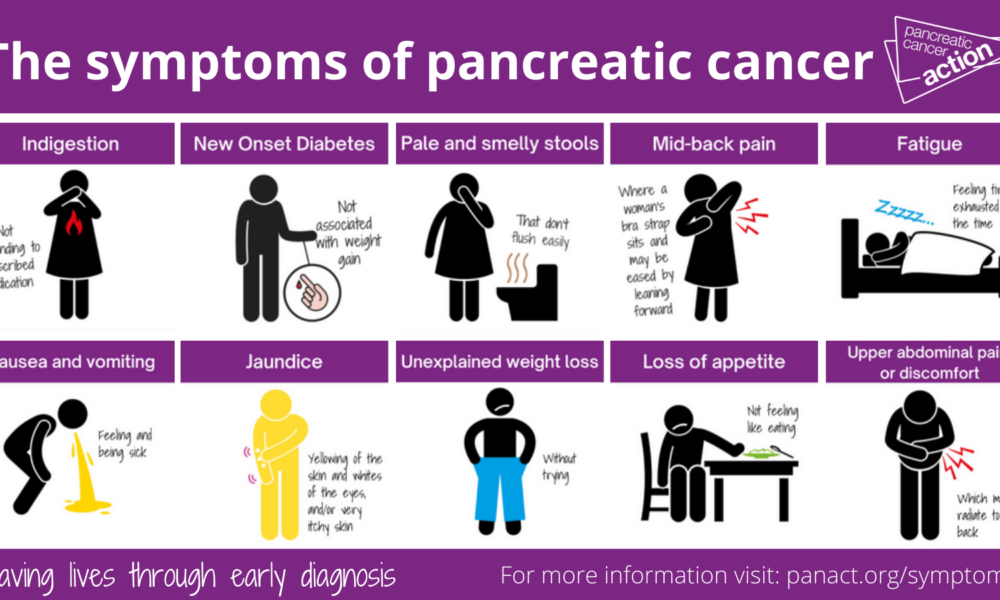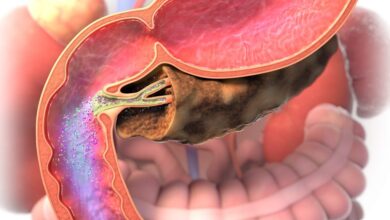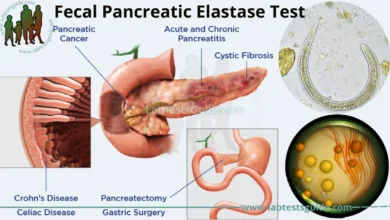Pancreatic Cancer Symptoms: Understanding the Silent Warning Signs

Pancreatic cancer is often referred to as a “silent disease” because it tends to develop without obvious early symptoms. By the time clear signs emerge, the cancer is often in an advanced stage, making early detection crucial. Understanding the symptoms and recognizing potential warning signs can make all the difference. This article delves deep into the common, less common, and critical symptoms of pancreatic cancer to help you stay informed and proactive.
What Is Pancreatic Cancer and Why Is It Dangerous?
Pancreatic cancer originates in the tissues of the pancreas, a vital organ located behind the stomach. The pancreas plays a key role in digestion and blood sugar regulation, producing enzymes and hormones like insulin. Unfortunately, pancreatic cancer is one of the deadliest forms of cancer due to its tendency to remain undetected until it’s too late.
Why Pancreatic Cancer Is Often Missed
The pancreas is tucked away deep within the abdomen, making tumors harder to detect during routine examinations. Additionally, many early symptoms mimic those of less severe conditions, such as digestive discomfort or back pain. This overlap often leads to delayed diagnoses and treatment.
The Need for Awareness
While advances in medical technology have improved diagnostic tools, awareness remains the first line of defense. By understanding the symptoms, individuals can seek timely medical advice and improve their prognosis.
Common Symptoms of Pancreatic Cancer
Pancreatic cancer symptoms vary depending on the location of the tumor and its stage. Some signs are more common and should never be ignored.
1. Abdominal Pain or Discomfort
One of the earliest and most frequent symptoms is pain or discomfort in the upper abdomen.
- How It Feels: The pain is often dull and radiates to the back. It might worsen after eating or lying down.
- Why It Happens: As the tumor grows, it can press on surrounding organs and nerves, causing discomfort.
- When to Act: Persistent or severe abdominal pain, especially when combined with other symptoms, warrants immediate medical attention.
2. Unexplained Weight Loss
A sudden drop in weight without changes in diet or activity levels can be alarming.
- How It Manifests: Patients often report a loss of appetite, combined with significant weight reduction.
- Underlying Cause: Tumors can interfere with digestive enzyme production, making it difficult for the body to absorb nutrients.
- What to Do: Any unexplained weight loss should prompt a visit to the doctor for further evaluation.
3. Jaundice (Yellowing of Skin and Eyes)

Jaundice is a hallmark symptom of pancreatic cancer, especially when the tumor blocks the bile duct.
- Visible Signs: Yellowing of the skin and eyes, dark urine, and pale stools.
- Why It Occurs: The bile duct becomes obstructed, leading to a buildup of bilirubin in the body.
- Importance of Prompt Action: Since jaundice can also indicate other health issues, such as liver problems, it’s crucial to investigate its root cause.
Less Common but Significant Symptoms
While the above symptoms are more commonly associated with pancreatic cancer, other less obvious signs can also indicate its presence.
1. Digestive Issues
Pancreatic cancer can disrupt normal digestive processes.
- Symptoms Include: Nausea, vomiting, bloating, and difficulty digesting fatty foods.
- Mechanism: Tumors in the pancreas may block digestive enzyme flow or compress parts of the digestive tract.
- Why It Matters: Chronic digestive discomfort or persistent changes in bowel habits should not be ignored.
2. Diabetes or Blood Sugar Fluctuations
The pancreas regulates blood sugar, so pancreatic cancer can affect glucose levels.
- Signs to Watch: Sudden onset of diabetes or difficulty controlling existing diabetes.
- Connection: Tumors can interfere with insulin production, leading to abnormal blood sugar levels.
- Take Action: Newly diagnosed diabetes, especially in someone without a family history, may warrant screening for pancreatic issues.
3. Fatigue and Weakness
Cancer often leaves patients feeling drained.
- How It Feels: Persistent tiredness, even after rest, and reduced energy levels.
- Underlying Causes: The body diverts energy to fight the disease, and nutrient absorption may be impaired.
- What to Note: While fatigue is common, combining it with other symptoms can be telling.
Critical Symptoms That Require Immediate Attention
Certain symptoms are red flags indicating advanced or severe pancreatic cancer and require urgent medical intervention.
1. Persistent Back Pain
While back pain is common, chronic and unexplained back pain could indicate pancreatic cancer.
- Pain Characteristics: It often radiates from the upper abdomen to the middle or lower back.
- Reason for Occurrence: Tumors pressing on nerves near the pancreas.
- Action to Take: Consult a physician if back pain persists and no other cause is apparent.
2. Blood Clots
Pancreatic cancer can increase the risk of developing blood clots.
- How It Appears: Swelling, redness, and pain in the legs (deep vein thrombosis) or difficulty breathing if the clot travels to the lungs (pulmonary embolism).
- Underlying Cause: Cancer alters the blood’s clotting properties.
- Seek Immediate Help: Blood clots can be life-threatening and require urgent treatment.
3. Depression and Mood Changes
Surprisingly, mood changes can sometimes be an early indicator of pancreatic cancer.
- What Patients Report: Persistent sadness, anxiety, or changes in personality.
- The Science Behind It: The disease may trigger changes in brain chemistry or result from the physical strain of the illness.
- Why It’s Significant: While depression is common, it should be assessed in conjunction with other physical symptoms.
When Should You See a Doctor?
Recognizing when to seek medical attention is crucial.
Early Intervention Is Key
Early-stage pancreatic cancer has a better prognosis, but it’s often detected late. Being proactive about unexplained symptoms can save lives.
Screening Options
Diagnostic tools like imaging tests (CT scans, MRIs) and blood tests (for tumor markers like CA19-9) can help identify the disease.
Advocating for Yourself
If you suspect something is wrong, don’t hesitate to seek a second opinion or push for more comprehensive testing.
Living with Pancreatic Cancer Symptoms
While a diagnosis can feel overwhelming, understanding the disease empowers patients to take control of their health.
Managing Symptoms
- Medications can alleviate pain and digestive issues.
- Lifestyle changes, such as a balanced diet, can improve quality of life.
Support Systems
- Counseling and support groups help patients cope emotionally.
- Family and friends play a vital role in providing practical and emotional assistance.
Conclusion: Staying Informed Saves Lives
Pancreatic cancer symptoms may be subtle, but recognizing them early can make a life-saving difference. From abdominal pain to jaundice and unexpected mood changes, these signs should never be ignored. If you or someone you know experiences these symptoms, seek medical attention promptly. Awareness, combined with proactive health management, is the key to fighting this silent killer.

